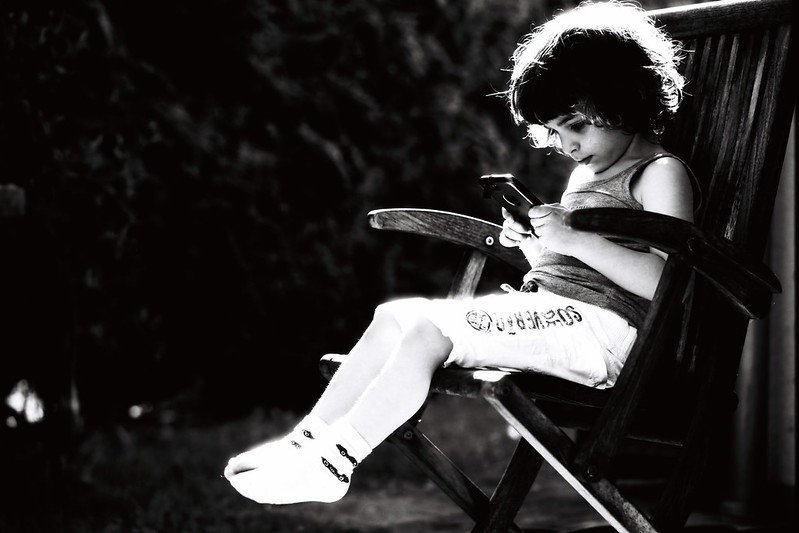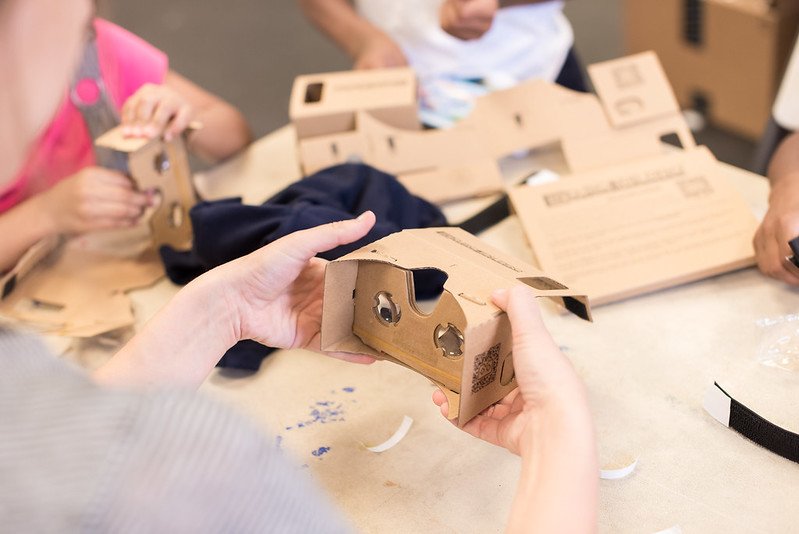Main Menu

The Internet was the first brutal change in our society back in the 90s when it spread its civil use thus beginning the digital age. But the real revolution began a decade later, when Internet access was no longer confined to desktop computers but also to the palm of our hands. With Only connection to the network and a smartphone are we able to communicate with any part of the world and perform virtually any action. All with one finger and a device that does not weigh more than 200 grams. In this sense, having this access almost universally can be something as positive as it is negative for the user. Precisely to deal with the dangers of addiction that younger users may suffer, next May 20, there will be a conference for adults entitled “Massa Pantalla”, By the psychologist and director of the Institut Psychologist Marc Masip, who is an expert in addiction to new technologies [https://www.programadesconecta.com/es/contra-de-la-vanguardia/]. The meeting will take place at 7:00 p.m. in the dining room of Princess Margaret International School.
91.7% of Spaniards connect to the Internet through a smartphone, according to the study The Information Society in Spain 2016 [https://www.fundaciontelefonica.com/arte_cultura/sociedad-de-la-informacion / informe-sie-espana-2016 /], prepared by Telefónica. The 2015 mobile consumption report of the company Deloitte [https://www2.deloitte.com/en/en/pages/technology-media-and-telecommunications/articles/Consumo-movil-2015.html] indicates that an 88% of the population has a smartphone, and that only exceeds Singapore, with 92%. In 2018, 25 million people claim to have a profile on Facebook, 4.9 million on Twitter and 15 million on Instagram.

If you look at the 50 most populated cities in the country, the profiles of people between 18 to 39 years, they account for 42% of the total, according to the annual study of the communication agency The Social Media Family [https://thesocialmediafamily.com/]. In addition, 9 out of 10 young Spaniards claim to have a profile in at least one social network. Smart phones are not the future, but the present.

We are connected constantly. We no longer have an excuse (or, at least, it is more difficult to invent one) so as not to respond to messages or calls. We maintain social relationships based on online communication and thanks to social networks, so that we build new identities in the networks. Often, in networks we try to be who we can not be in real life. This search for social recognition on the Internet is especially noticeable among teenagers and young people, who often have to build their digital profiles with care in order to be popular, or even not to be marginalized.

For adolescents and young people, social networks are a main and consensus space in which they relate sexually and, in too many cases, where they appear as reproducers and enhancers of sexist violence. Networks tend to be their social showcase and, often, also showcase their own hyperexposure and sexualization. This hyperexposure can trigger anxiety and addition processes to the mobile. Returning to the study The Information Society in Spain 2016, we read that 5% of the population between 15 and 65 years suffers from these problems.

However, although the dangers are real and it is necessary to educate our children to avoid these episodes, the advantages for education that smartphones provide have to make us overcome our fears and utilize as much as technology offers to students and teachers. The list of training activities that we can carry out with a mobile phone is endless, although perhaps the most positive of all is to educate in the values of rigor, respect and curiosity for students. This way, with a cell phone in class we can check any data or fact, and expand our knowledge reading about the matter at hand quickly and easily.
In addition, with a smartphone we can, for example:





Bullying, harassment, sexist aggressions, gambling or any other addiction will continue to be a problem, something to avoid, among our children, having a mobile phone in your hand or not. In fact, it is inevitable that young people have a mobile in their hands and it is absurd to pretend to go back in time. This is the digital era and, being aware of the risks involved (which are not few), the mission is to make the most of what technology has to offer. Are children distracted in class with a mobile phone in their hand? Yes, but they would also be by observing the flight of a fly. We carry powerful computers in our pocket, devices that in ten years will offer us an even wider range of options than now. In Princess Margaret International School we work so that our children reflect on the proper use of devices, being very aware of their negative points.


